-
 1
1
Case Number : Case 2119 - 20 July 2018 Posted By: Dr. Richard Carr
Please read the clinical history and view the images by clicking on them before you proffer your diagnosis.
Submitted Date :
F72 Neck. 4-5 weeks h/o hyperkeratotic nodular lesion.



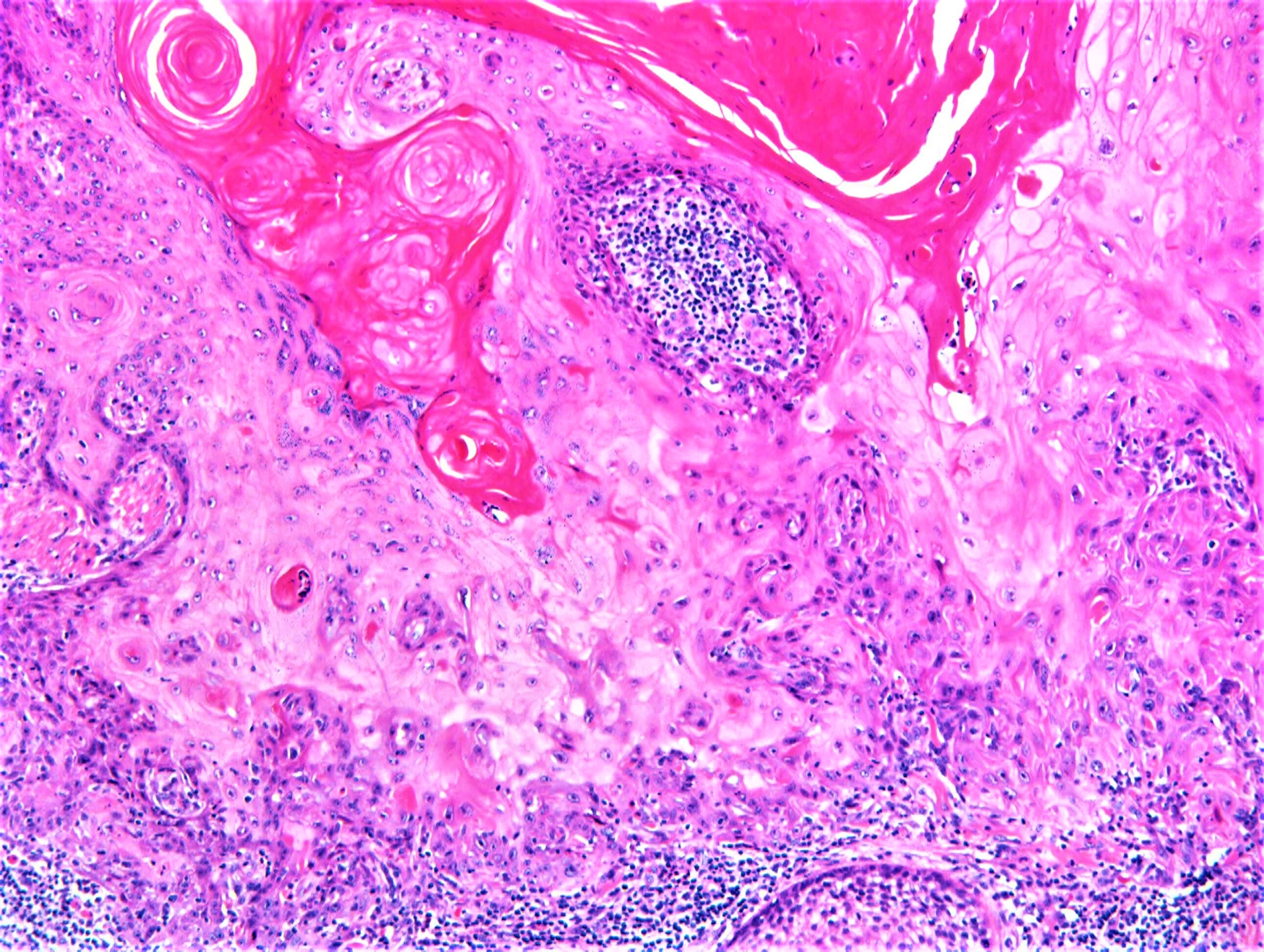
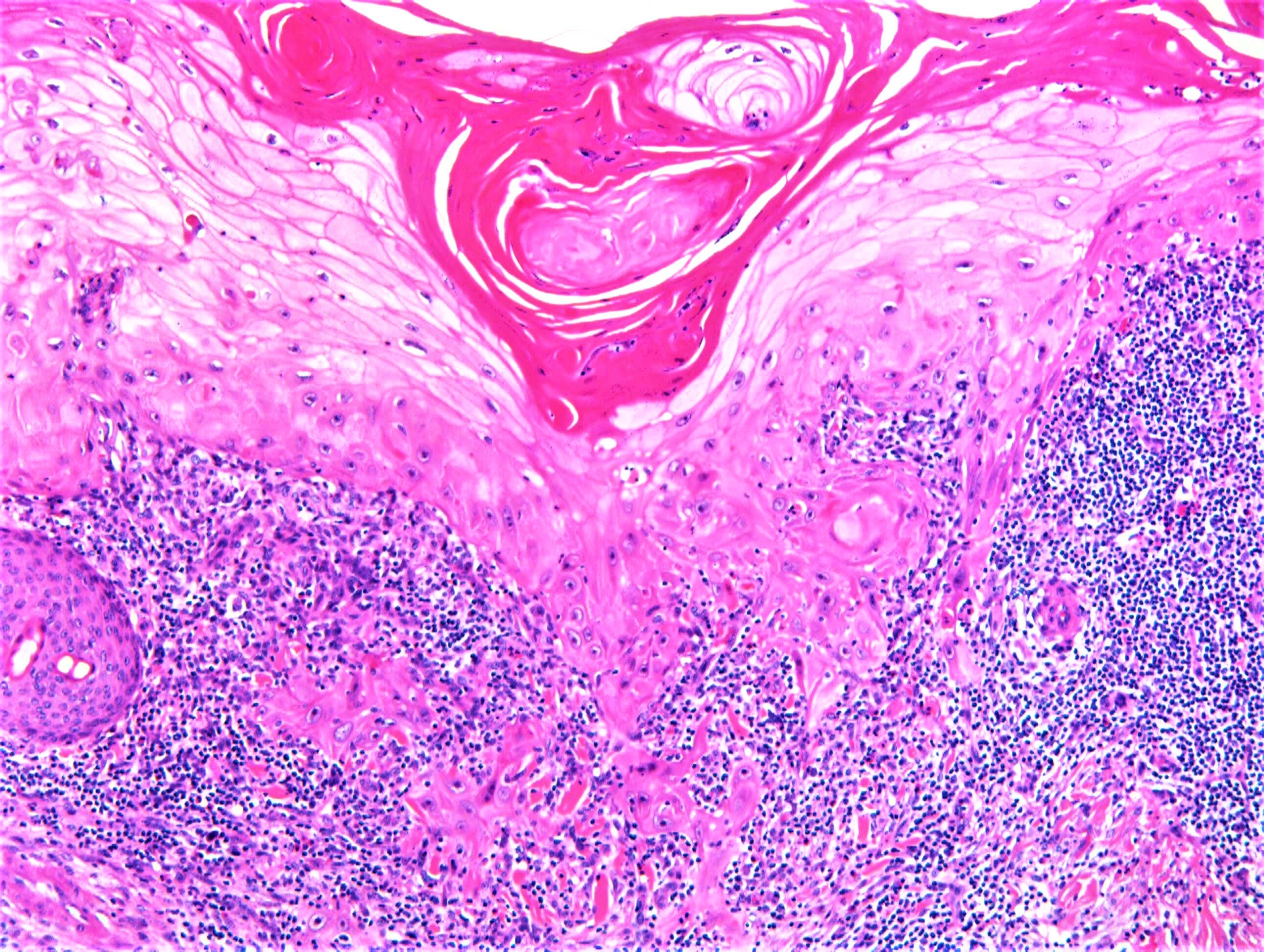
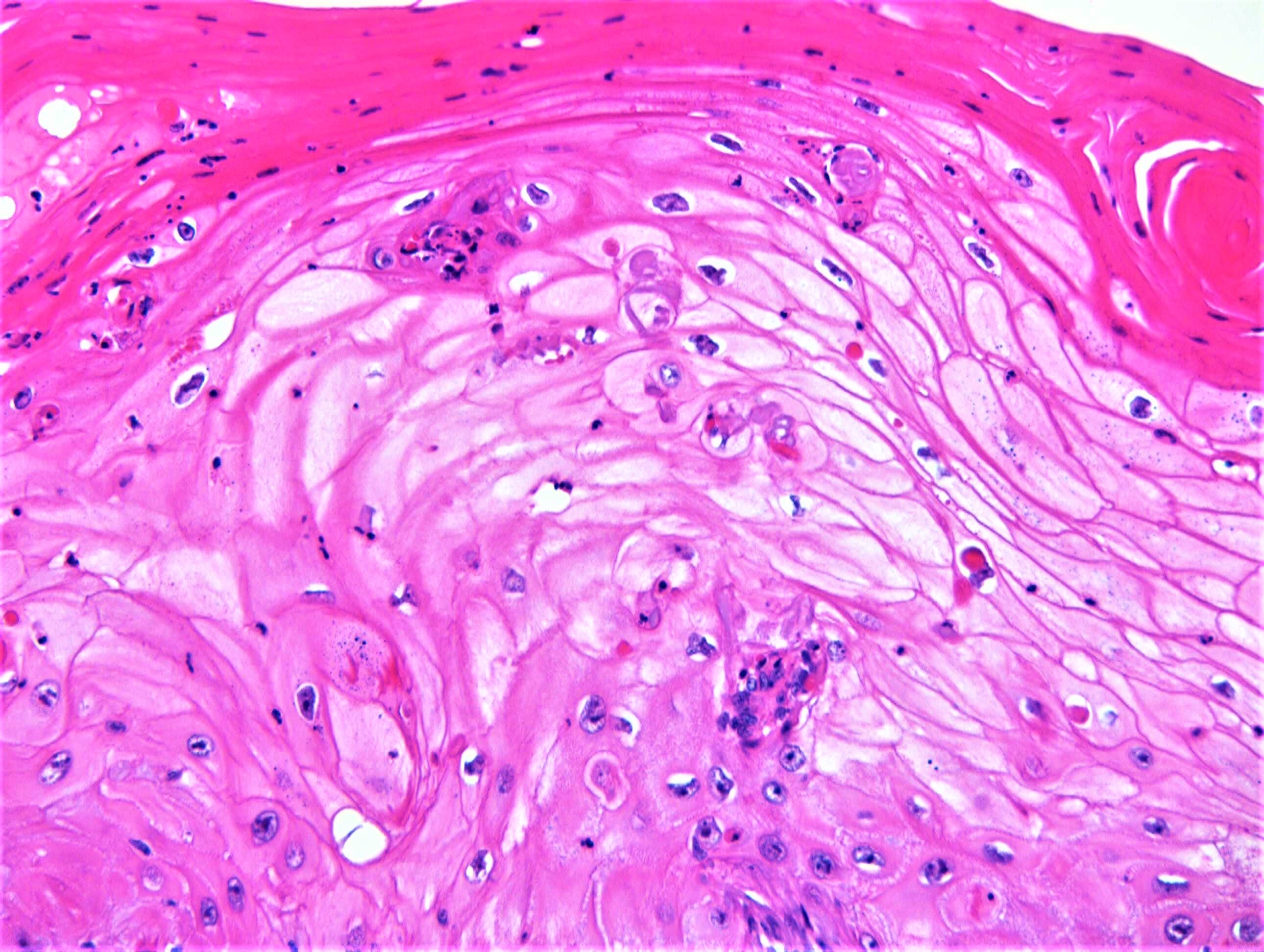
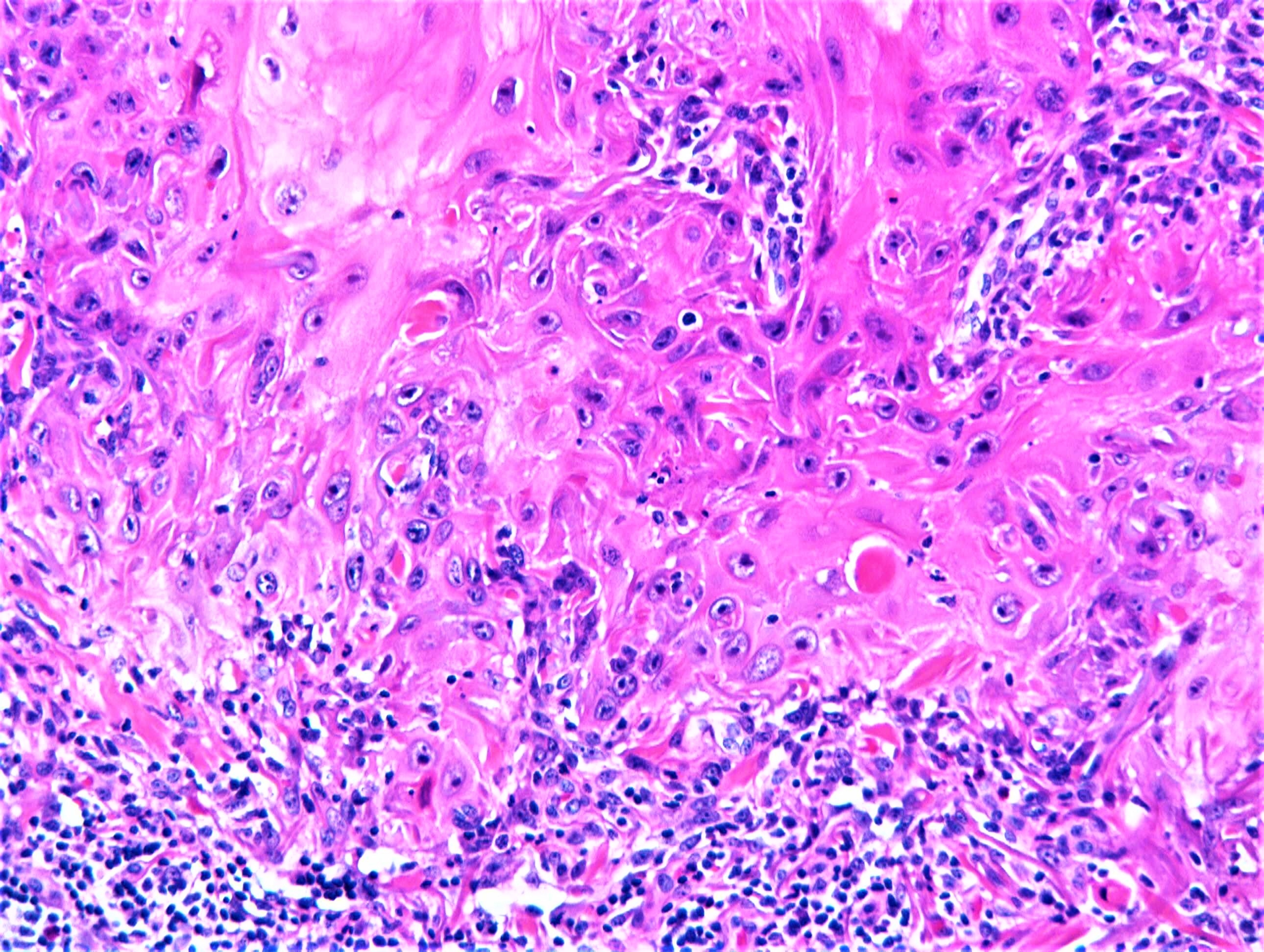
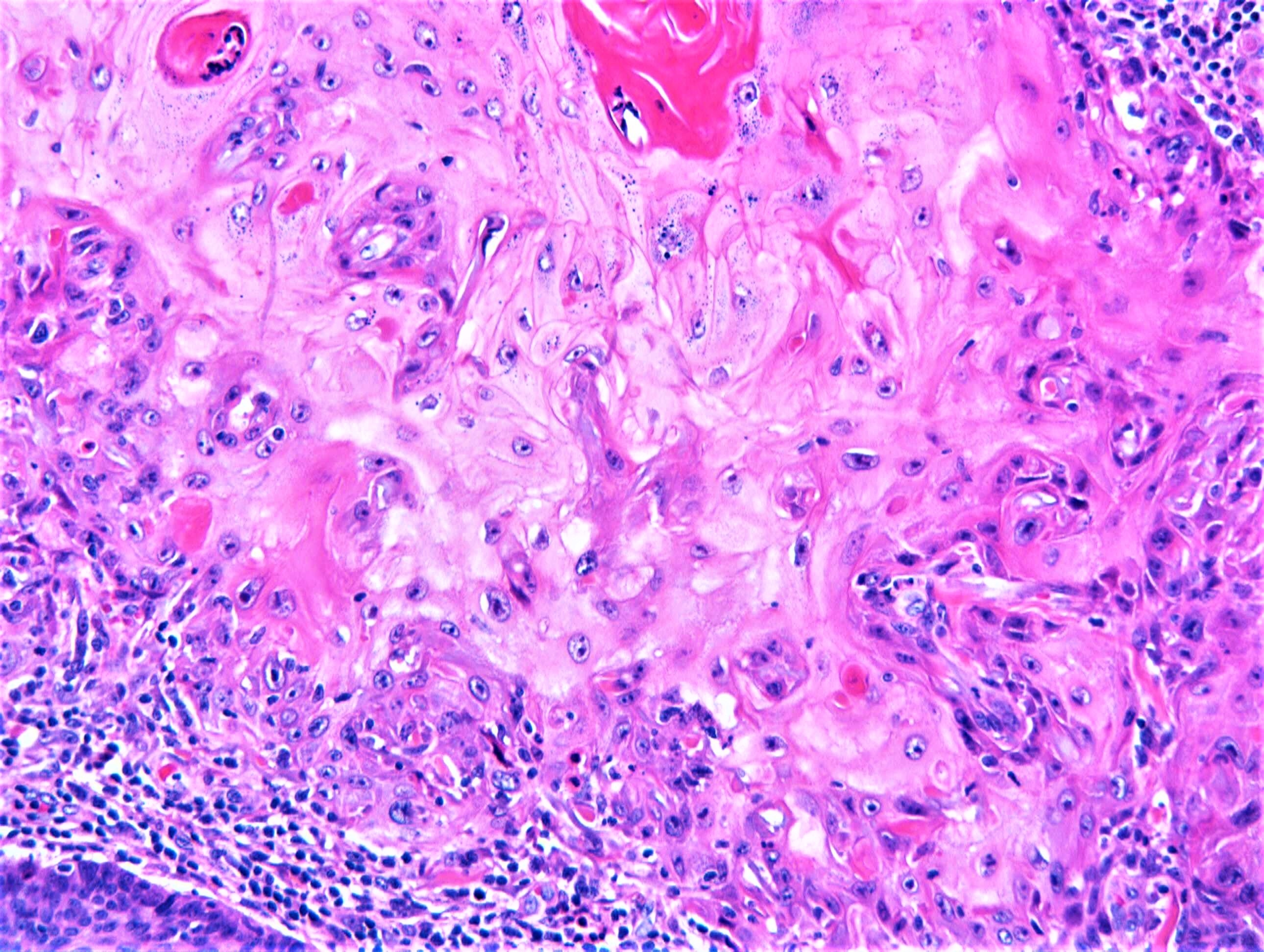
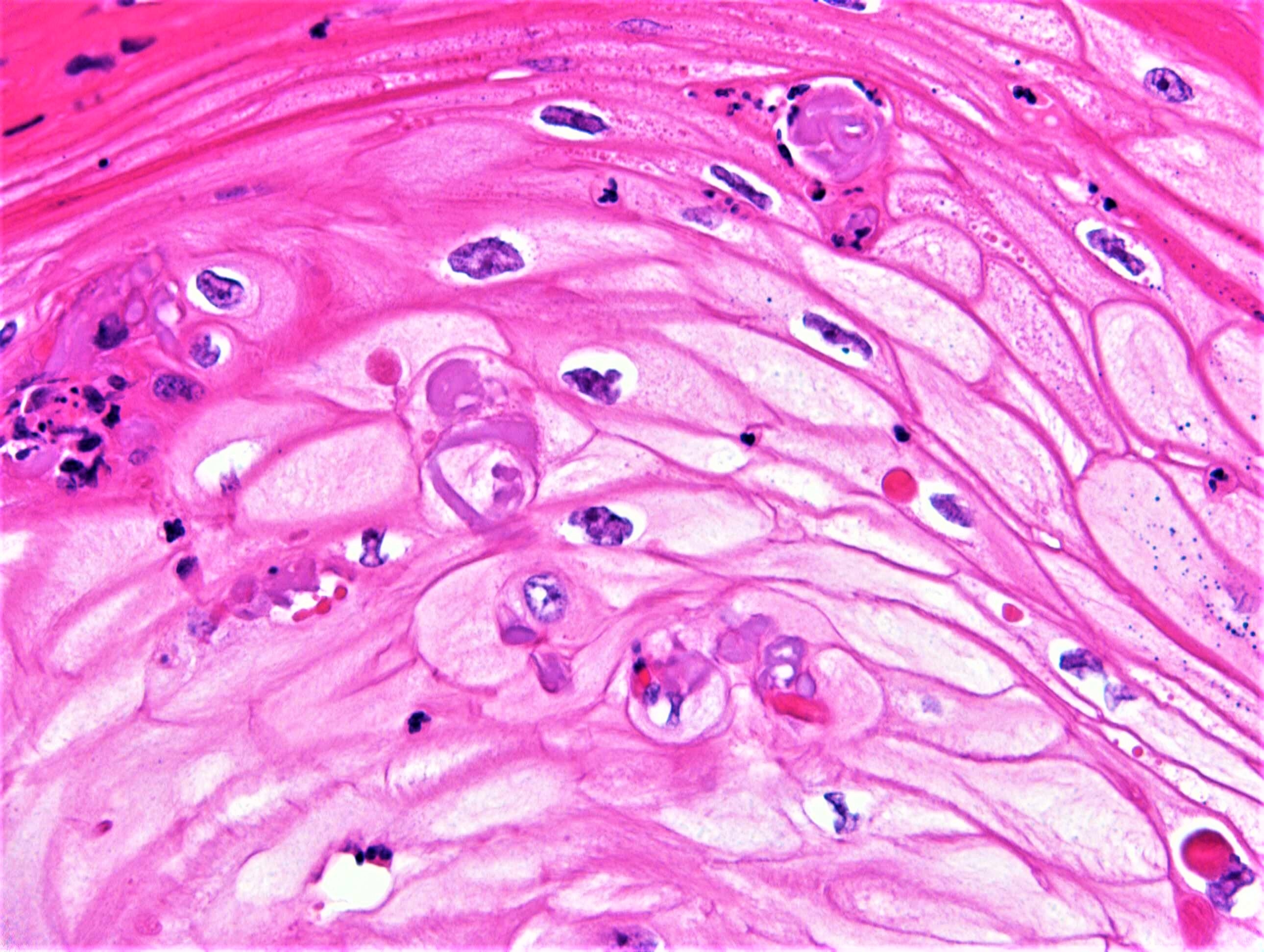
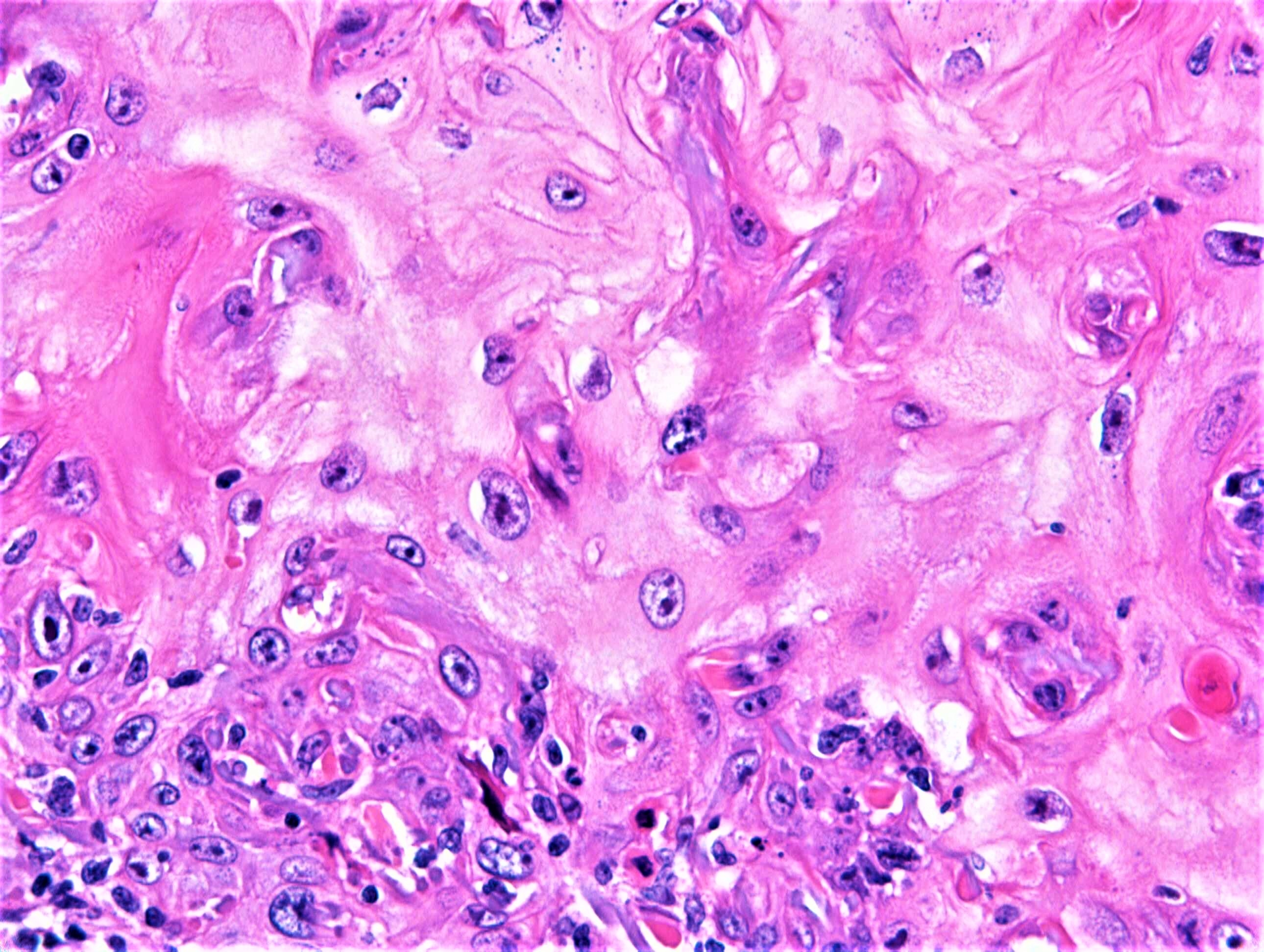
Join the conversation
You can post now and register later. If you have an account, sign in now to post with your account.